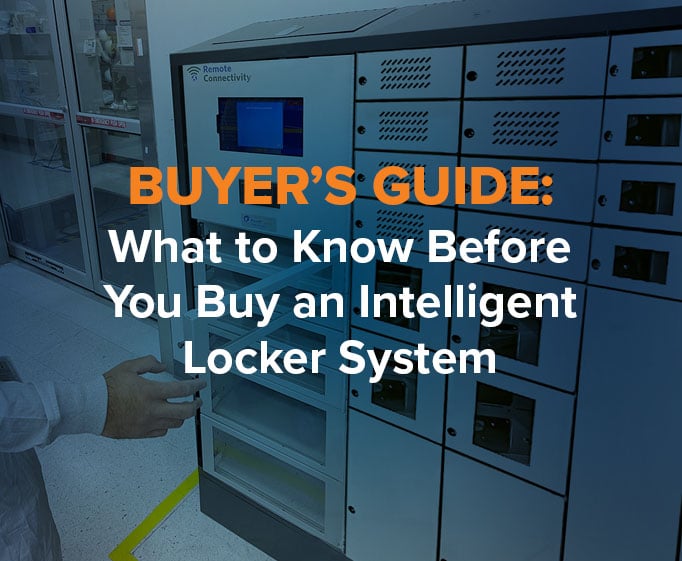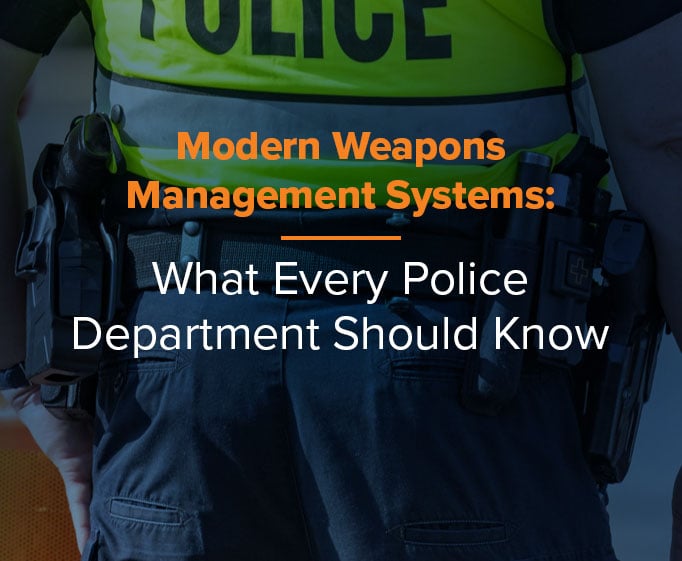By Jay Palter | September 7, 2022
When you boil it right down, the goal of every business security program is pretty much the same: to limit the access and movement of your people, assets, and data. Whether you’re in law enforcement, retail, transportation, higher education, hospitality, or any other industry, that guiding principle holds true.
But as business leaders and security professionals know, just because we have a clear-cut guiding principle doesn’t mean that designing security programs is easy. On the contrary, the messy day-to-day reality of business operations holds many pitfalls for security programs.
Fortunately, you can avoid many of the most common pitfalls with careful planning. Here are ten of the most common mistakes organizations have made when designing or updating their security programs.
1. Not involving the right stakeholders
The first few items on this list are all things businesses fail to do before they even start building security systems. These early-stage mistakes have a significant impact on security projects. First and foremost is the mistake of not involving all the right stakeholders in the design process.
Security programs affect everyone in an organization, not just security professionals. That means you should get input from every management and user group when you design or update your program.
For management groups, finance will need to be involved in the budget planning for your new security system for business. In addition, IT and physical plant teams will likely need to be involved in the system’s installation.
And then, when it comes to user groups, a poorly implemented new security system could impact every department in your organization if you deploy your systems inefficiently. Critical work processes may be stalled. Everyday tasks might be slowed down.

2. Not establishing project goals
In addition to getting the right people in place early, you also need those people to set strategic goals early. Why are you establishing a new security program now? To meet a compliance need? To reduce costly losses? Better protect your employees and customers?
Knowing your goals from the outset will help you spend time and money most efficiently. It will also help ensure that any new technology and policies align with your organization’s overall strategic goals.

3. Not collecting enough information about the facility and its security needs
Not having the right information available usually goes hand-in-hand with not having the right people and goals available at the outset of your new security program project. Take the time to collect detailed information about the facility and the goals established earlier in the project.
You’ll avoid such problems as planning a security locker installation in a wing without sufficient power or network wiring. Or avoid installing a system that will be insufficient for your asset tracking needs when new regulations come into effect twelve months later.

4. Not treating system design as a partnership
When working with security consultants or system providers, many businesses want nothing more than a buyer and seller relationship. That is a mistake. Systems providers and customer organizations must recognize that they’re entering a business partnership.
Business security is an ever-evolving practice. You should be looking for a provider who will act as a partner who will stick with you over the entire lifecycle of a security system within your organization. Look for providers that offer design customization for your needs as well as robust ongoing support options.
5. Overbuilding
Overbuilding is not only costly, it usually makes operations more cumbersome as security teams suddenly have new overlapping and conflicting layers of tools to work through. Because of this, overbuilt security systems for businesses also tend to be less flexible.
Instead of simply throwing “more” at a problem, build a security system with a flexible core that can adapt and expand as your business grows. While this approach often costs less upfront than overbuilding a solution, it requires better planning. But when you correctly plan a core system design, scaling over time becomes highly cost-effective. Preparation is always more cost-effective than paying for security incident remediation.
6. Underbuilding
Some organizations build a security system to meet specific regulations and then say, “good enough.” And while regulatory standards are important, stopping there is literally the bare minimum you can do.
That is a problem because determined attackers looking to exploit your organization will not put in the bare minimum effort. Determined attackers also have the advantage of knowing the same regulations you must abide by and can use that knowledge to exploit weaknesses in your defenses.
An effective security program needs to also account for low-probability but high-damage threats. Attackers will look to leverage the latest tools available. Make sure your security team stays aware of these threats and new opportunities and technologies that might keep you ahead of them.
7. Ignoring the Human Factor
The weakest link in almost any security system is the people that use it. That has been known since the very inception of modern enterprise security. And yet, we continue to find new ways to underestimate people’s ability to break even the most organized security program.
It could be personnel giving keys to a coworker, which then mysteriously disappear. Or it could be someone propping open a security door “just for a minute.” Or writing down a password where no one would ever think to look: under the keyboard.
Every security plan needs to account for the bad luck and poor planning of the people that use it. Everyone that will enter your facility needs some degree of security training. That includes contractors and visitors, even if you just present them with a quick checklist of dos and don'ts.
Match your training and drills to the specific threats you face. For example, a hydroelectric facility in an area prone to forest fires will need a very different emergency training schedule from a corrections facility experiencing a pattern of violent incidents. One needs more evacuation planning the other needs procedures for guard patrols.

8. Not properly integrating systems
This problem usually lurks unrecognized by management, the public, and security teams themselves until it’s too late. For example, if a multi-site organization has two security teams running two different access control systems, then inconsistencies will inevitably build up over time. They may have one set of asset records for devices in storage and a completely different one for real-time positioning records of devices in the field.
The teams stop coordinating effectively as records fall out of sync. And then something slips through the cracks. Issues arising from poorly integrated security systems can be reputation-breaking, like data breaches or major internal losses.
Instead of accepting the status quo by sticking with this disconnected program, when you build a security program integrate using a flexible security platform from the ground up. That enables truly centralized monitoring, which comes with various operational efficiency gains. Working with a security integration specialist can often help identify specific solutions that will prove most effective in your particular organization.
9. Not using what you’ve built
Security policies are only as effective as their enforcement. Likewise, technologies are only as effective as their actual use. You can have a fully integrated, flexible set of security measures, not too large or too small, that properly account for human errors. Still, if you’re not actually using the systems and enforcing the policies correctly, you’re not actually protected.
As with addressing the human factor, the key here is training. Keep security at the front of your entire organization’s thinking by practicing specific incident responses. Experiencing mock security threats primes all personnel to retain the security training that will save them and your facility in case of any actual incident.
Many details can get overlooked when designing new security programs for office or commercial buildings. Make sure to consider security systems that will help you track, secure and control access to sensitive keys and assets. You can easily avoid these pitfalls with just a small amount of extra planning.
10. Not addressing security convergence
Try as some security professionals might, the days of separate physical and network security realms are long gone. Physical and network business operations have converged. That means security programs must be converged as well, or they risk allowing threats to slip through their segregated physical and network perimeters.
Want expert advice?
Schedule a free 20-minute physical security consultationwith an RTN security professional.
Subscribe to our blog

Jay Palter
Vice President of Marketing & Partnerships





